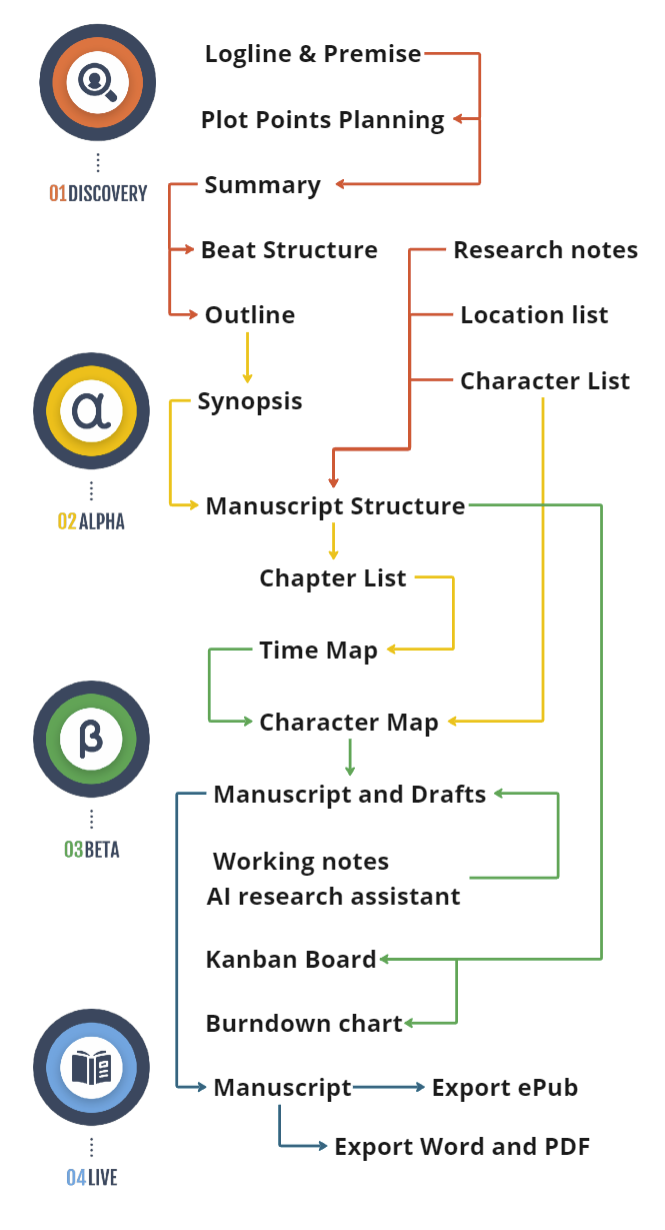You’ve likely seen the row of parked cars outside a bustling café or an office complex. Each car represents a different driver’s journey—some are just stopping by, others are settling in for the day. Think about your writing in a similar way: Where do you “park” your writing identity so it’s most likely to catch the eye of the right audience? In today’s crowded literary and online landscape, choosing the right platform, genre, or style can make all the difference in how your work is discovered and appreciated.
“Parking your brand” is a metaphor for positioning your writing. It encompasses everything from your choice of genre to the online platforms where you share excerpts or blog posts. The idea is to be intentional about your writing’s “home base,” ensuring that potential readers know exactly where to find you—and that your presence aligns with your goals. If you scatter your efforts without strategy, you might end up with limited visibility, no matter how strong your content is.
Writers at all stages—from budding poets to established novelists—can benefit from reevaluating their “parking spot.” If you’re a new writer, defining a niche or consistent theme helps you stand out. If you’re established but yearning for a fresh audience, maybe it’s time to move your writing to a new corner of the internet or pivot to a different genre. Even if you’re comfortable in your current space, periodic self-assessment can reveal opportunities you’ve overlooked.
- Clarify Your Core Identity: What do you want readers to think of when they see your name? Are you primarily a fantasy author, a memoirist, a humor blogger? Defining a core identity doesn’t restrict you, but it does create a stable launch pad.
- Evaluate Platforms: Blog, social media, writing contests, or online communities—pick the spaces where your intended readers already gather. If you write literary short stories, maybe focus on literary magazines or specialized forums. If you’re a romance writer, join romance-writing Facebook groups or subreddits.
- Create Visual & Thematic Consistency: Use similar visuals, taglines, or color schemes across your chosen platforms. Readers should be able to recognize your “brand” at a glance, whether they’re on your website or reading a guest post.
- Interact Authentically: Parking your writing identity somewhere isn’t just about setting up a profile. Actively engage with communities, offer value in discussions, and read other writers’ works. Genuine interaction builds trust.
- Monitor & Adapt: Periodically review engagement metrics and reader feedback. If a particular platform yields little resonance, try another. Flexibility ensures you won’t remain stuck in an unproductive spot.
Being intentional about “where you park your brand” helps you find readers who not only appreciate your work, but also champion it. In a world saturated with content, people gravitate toward creators who are both visible and consistent. By choosing your “parking spot” thoughtfully, you signal to readers: I’m here, I’m committed, and I have something unique to offer. And when readers know where to find you—and what to expect—they’re more likely to stick around, follow your journey, and recommend your writing to others.
Take a step back and assess your current “parking spot.” Are you in the right place to draw the audience that resonates with your style and message? If you’re feeling invisible or out of sync, consider testing a new platform or refocusing your brand identity. Where will you park your writing next?




